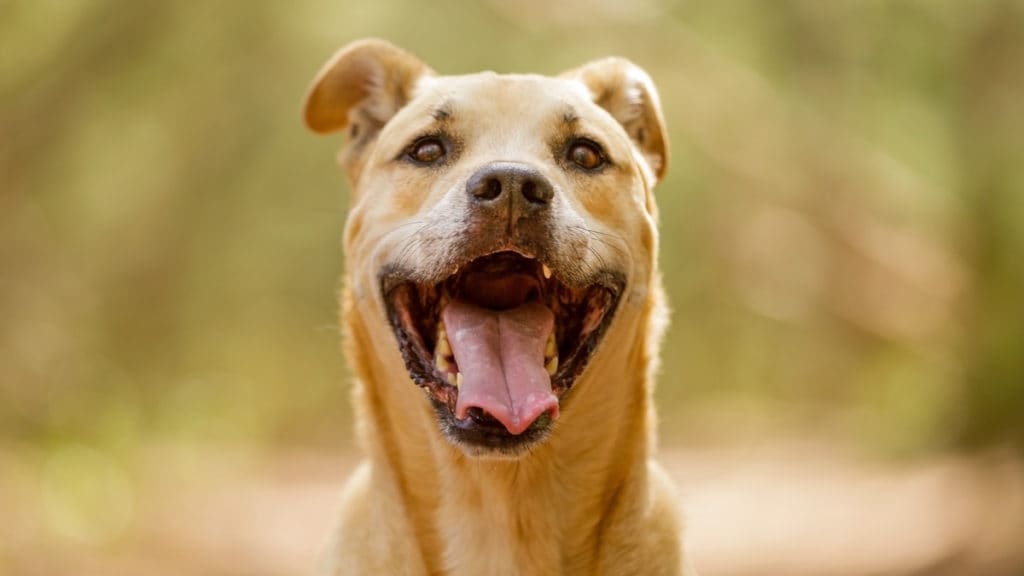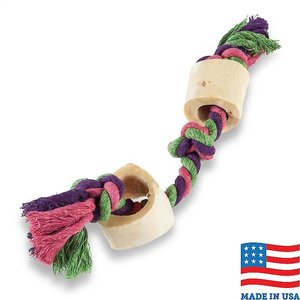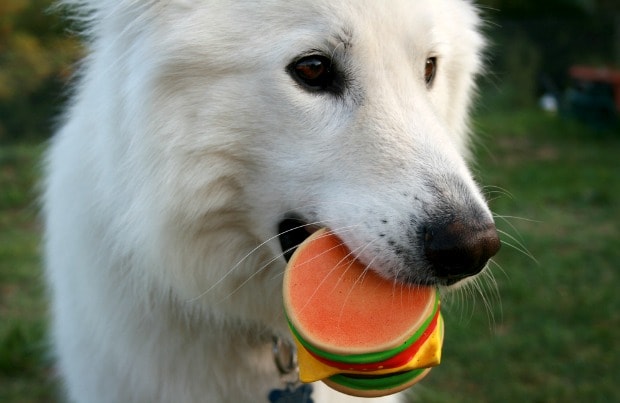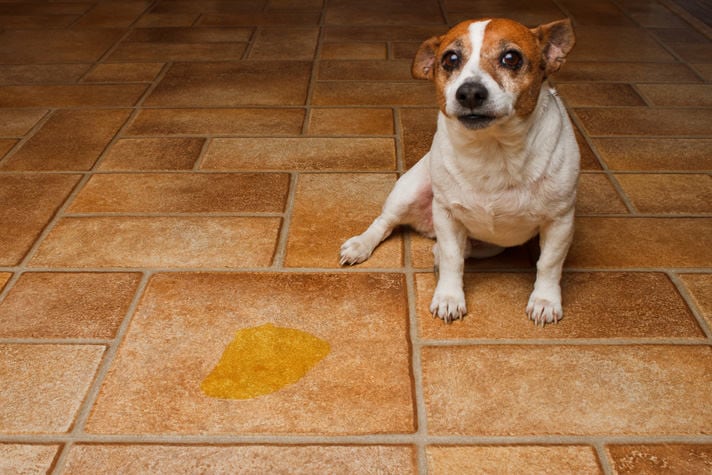Dogs tend to seem like naturally affectionate creatures. Between licks, tail wags and a good slobbery dog kiss, your pet likely shows his love in a number of ways. But does that mean he really loves you, or is it all instinct? Or, even worse, could it be a show to get more attention (and more treats)?
“Does my dog love me?” is a question many dog owners ask themselves. It’s common to wonder whether pet love really exists in the same way that human love does. Fortunately for many dog lovers, there is evidence that dogs can feel and express love just like we can.
Does My Dog Love Me?
“Loving some things more than other things is part of any species’ survival,” says Annie Grossman, owner of the School For The Dogs in the East Village in Manhattan. It all ties back to survival of the fittest: Dogs are constantly learning what’s safe and not safe, and what is good and bad, notes Grossman. Sorting experiences, people and even objects into the right categories has helped dogs survive and thrive for many years.
An owner who is curious to know if their pet love is real can look for certain signs and signals. Some signs are clear cut—but a few could be purely instinctual, and some are easily misinterpreted as affection when they actually indicate something else.
Behaviors That Mean Something Else
Face or Mouth Licking
A lick on your cheek may seem like a loving dog kiss, but this is likely related to a puppy’s instinct to lick his mother’s mouth, says Grossman. Your dog may be trying to tell you “I mean no harm,” which is less a feeling of love and more about submission or appeasement.
Tail Wagging
While tail wags often do mean happiness, they can also indicate fear or even aggression. “Many dog owners don’t realize that rapid, mindless wagging (seen often in labs and other retrievers) is a sign of stress,” says Sally Morgan, a holistic physical therapist for people and pets. Recent research has found that relaxed tail wagging at a mid-level indicates happiness, while wagging at a higher-than-horizontal level could be aggressive, and wagging at a low level may be a sign of submission. What about those whole-body wags that seem to take over your dog’s entire tail end? Don’t worry: those are pure joy!
Jumping
Jumping is a sure sign of happiness and excitement, says Morgan. But since it’s driven by a specific desire—the craving to make contact with someone and get attention—jumping may be less a sign of love than one of enthusiasm.
Signs Your Dog Loves You
Fortunately, not all signs of pet love are difficult to decode. Look for these clear indicators of affection and love from your dog:
- Rolling on his back
- Following you around
- Deep, relaxed breathing
- A lack of tension in the ears and tail
- Gazing or staring at you
- Showing social interest in playing with you or with other dogs
How to Make Your Dog Love You
A dog lover can follow these tips to increase the chances that her pet’s feelings go from “like” to “love.”
Invest in Bonding Time
“Recent research has shown that playing with an animal for 10 minutes increased oxytocin (the love hormone released in both people and pets) levels in the human and the animal,” notes Morgan. That means when you and your dog have fun together, it increases the feelings of love for you both. Look for dog toys like the Chuckit! Classic Launcher and the USA Bones & Chews Cotton Rope with Bones Dog Toy, which can give you and your dog valuable one-on-one bonding time.
Avoid Negative Experiences Whenever Possible
You’ll never be able to avoid negative experiences with your dog. But understand that it’s easier for dogs to make negative associations with you than it is positive ones, even inadvertently. “Animals are built to make associations with things that are bad or unsafe much faster than with things that are good,” Grossman explains. This means even after a dozen positive interactions, just one unexpected negative interaction—an accidental step on his tail, or an unexpected bump across the invisible fence—could leave your dog with a bad memory about you that sticks.
Keep Your Love Bank Account Full
Grossman suggests thinking of your dog-human relationship as a bank account. “By using reward-based training, we put a lot of money in the ‘love’ bank account so that when we have to make a withdrawal (for instance, holding the dog down while he gets his temperature taken at the vet), the account won’t be overdrawn.”
Show Some Respect
Engaging your dog with a level of respect can go a long way toward increasing his affection toward you, says Morgan. For instance, “giving him a choice of several dog treats and seeing which ones he likes,” she suggests. Just make sure the treat options are all ones you feel good about. For that, choose healthy snacks like the Triumph Salmon & Sweet Potato Recipe Grain-Free Jerky Dog Treats.
Don’t Forget Daily Activities
Even everyday occurrences like meal times can be a chance to improve a dog lover’s relationship. Make it a special time and consider a healthy meal add-in to make it feel like a treat, such as the Chewy’s Chicken Meal Mixers Grain-Free Freeze-Dried Dog Food from Stella & Chewy’s.
Ultimately, you know your dog best. Pay attention to his signals of affection and what makes you feel close to him. Those are the best ways to build a loving relationship.
Learn more about strengthening your bond with your dog
Share:













